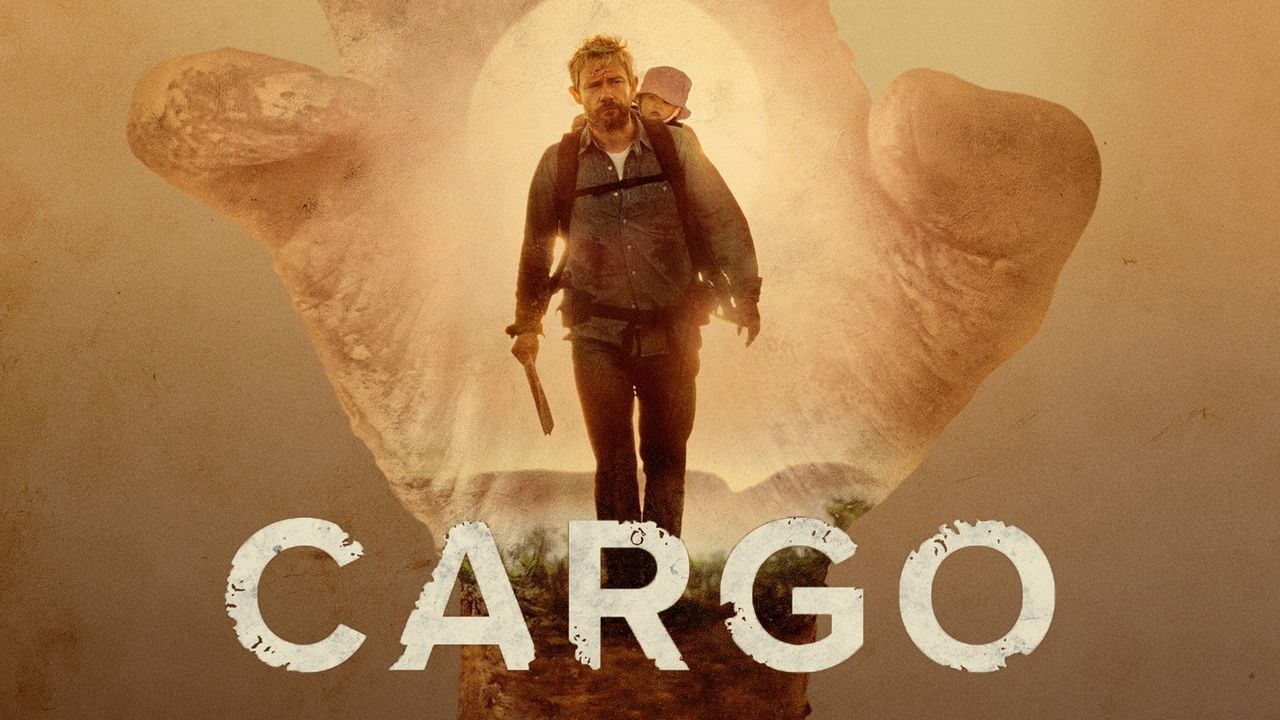Mutiny on the Bounty: A Timeless Tale of Rebellion and the Human Spirit
Mutiny on the Bounty is one of cinema’s most enduring maritime dramas, telling the gripping true story of rebellion aboard a British naval vessel in the late 18th century. Based on the real-life mutiny that occurred on the HMS Bounty in 1789, the film has seen several adaptations over the decades, with the most iconic being the 1935 version directed by Frank Lloyd, starring Charles Laughton as Captain Bligh and Clark Gable as First Mate Fletcher Christian. The film combines adventure, history, and moral conflict, making it a compelling exploration of authority, justice, and freedom.
Set in 1787, the story follows the HMS Bounty as it departs England on a mission to collect breadfruit plants in Tahiti and transport them to the West Indies to provide food for enslaved laborers. Under the command of Captain William Bligh, the crew faces a brutal and unforgiving regime. Bligh, portrayed with chilling intensity by Laughton, rules the ship with absolute authority, enforcing harsh discipline and punishments for even minor infractions. His cruel methods alienate the crew and eventually drive them to desperation.

Fletcher Christian, the ship’s second-in-command, stands in stark contrast to Bligh. He is courageous, fair, and increasingly troubled by the suffering of the men under Bligh’s command. Clark Gable brings charisma and strength to the role, portraying Christian as both a hero and a reluctant rebel. As conditions worsen, tensions boil over, culminating in a dramatic mutiny led by Christian, who seizes the ship and sets Bligh and his loyalists adrift in a small boat.
One of the film’s most powerful elements is its moral ambiguity. While the audience is meant to sympathize with Christian and the mutineers, the story doesn’t shy away from showing the weight of their actions. Bligh, despite his cruelty, is also portrayed as a determined and resourceful leader—surviving an extraordinary 3,600-mile journey in an open boat to reach safety. This complexity invites viewers to consider deeper questions about leadership, obedience, and the limits of resistance.

Visually, the 1935 version of Mutiny on the Bounty is striking, with majestic seascapes and detailed shipboard scenes that bring the era to life. The film was a technical triumph for its time, winning the Academy Award for Best Picture and earning seven additional nominations. Later adaptations—including the 1962 version starring Marlon Brando and the 1984 version with Mel Gibson and Anthony Hopkins—offered new interpretations of the story, but the original remains the most influential and acclaimed.
Beyond its historical basis, Mutiny on the Bounty resonates as a story about the human condition. It explores how power can corrupt, how dignity can be preserved in the face of tyranny, and how difficult moral choices often define the course of history. The mutiny itself is not simply a plot point—it’s a symbol of rebellion against injustice, and the cost of taking a stand.
In sum, Mutiny on the Bounty is a classic film that continues to captivate audiences with its rich characters, historical drama, and timeless themes. It is not just a tale of the sea, but a profound story of conscience and courage.


